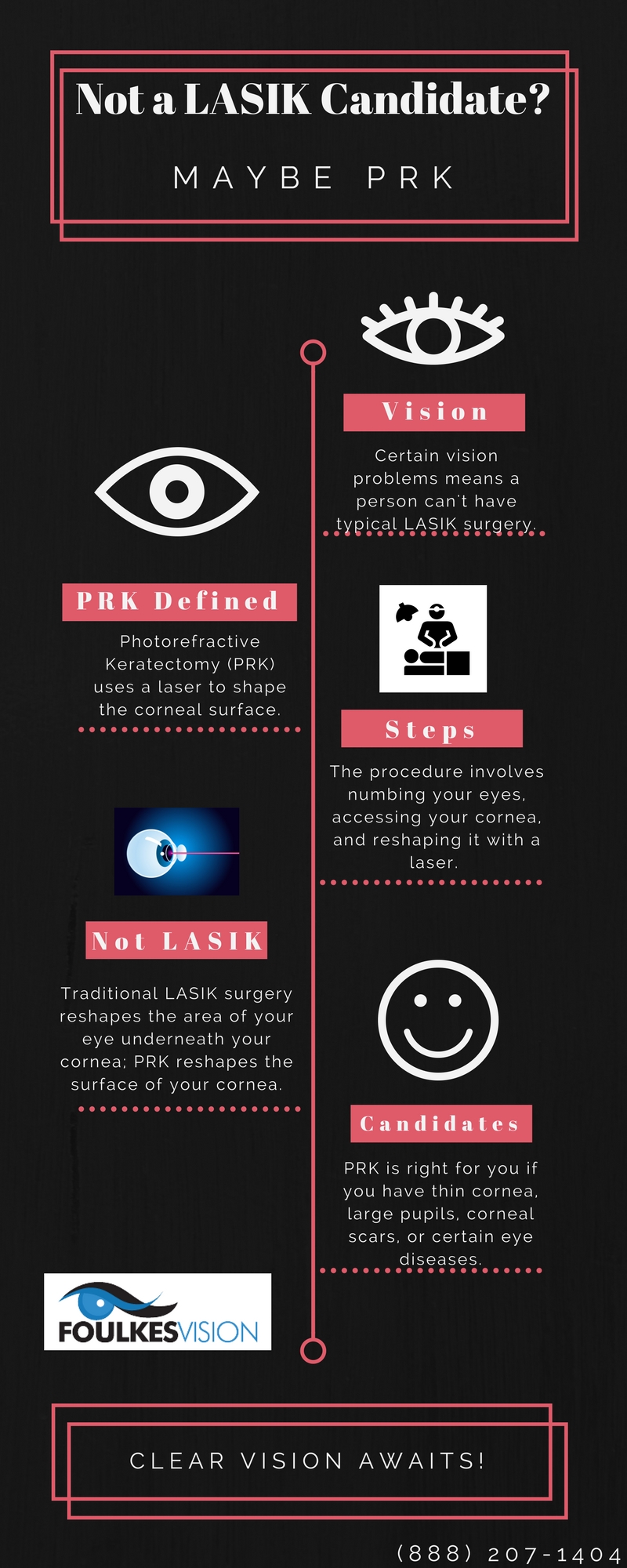Contrasting Typical Cataract Surgical Treatment To Laser-Assisted Techniques: Benefits And Drawbacks

Write-Up Writer-Dideriksen Noer
When contemplating the choice in between traditional cataract surgical procedure and laser-assisted strategies, you may find yourself considering the benefits and downsides each approach offers. The decision exceeds the surface area level of expense and accuracy, delving right into the world of long-term end results and patient contentment. As you browse through the complexities of these two strategies, it comes to be vital to comprehend the nuanced details that can considerably affect your visual clearness and total experience. Keep tuned to uncover the crucial elements that will assist your decision-making procedure in this crucial element of eye treatment.
Traditional Cataract Surgical Procedure Benefits And Drawbacks
When thinking about traditional cataract surgical procedure, you might discover that it's a well-established and widely-used method. In this procedure, a doctor makes a tiny cut in the eye and makes use of ultrasound to break up the gloomy lens before removing it. As soon as the cataract is eliminated, a man-made lens is inserted to bring back clear vision.
One of the major advantages of traditional cataract surgery is its record of success. Lots of people have actually had their vision dramatically enhanced with this procedure. Furthermore, traditional surgical treatment is usually covered by insurance coverage, making it a much more obtainable option for many people.
Nevertheless, there are some disadvantages to standard cataract surgery too. Recovery time can be much longer compared to newer techniques, and there's a somewhat higher risk of difficulties such as infection or swelling. Some people might likewise experience astigmatism or require reading glasses post-surgery.
Laser-Assisted Techniques Pros and Cons
Checking out laser-assisted methods for cataract surgical treatment unveils a contemporary approach that utilizes laser modern technology to execute key action in the procedure. One of the primary benefits of laser-assisted cataract surgical procedure is its accuracy. The laser allows for exceptionally accurate cuts, which can cause better visual outcomes. Furthermore, using lasers can reduce the quantity of ultrasound energy needed throughout the surgical treatment, potentially reducing the threat of difficulties such as corneal damage.
On the drawback, laser-assisted methods can be a lot more expensive compared to typical techniques. This price mightn't be covered by insurance coverage, making it less accessible to some people.
An additional consideration is that not all cataract cosmetic surgeons are learnt laser innovation, which might restrict your options for selecting a specialist.
Last but not least, while the laser can automate certain facets of the procedure, the surgical treatment still needs an experienced surgeon to ensure successful results.
Relative Analysis of Both Approaches
For a comprehensive understanding of cataract surgical procedure methods, it's necessary to carry out a relative analysis of both traditional and laser-assisted methods.
Typical cataract surgical procedure includes hands-on incisions and using handheld tools to break up and remove the over cast lens.
On the other hand, laser-assisted cataract surgical procedure makes use of innovative technology to produce accurate cuts and separate the cataract with laser power before removing it.
In terms of precision, laser-assisted techniques use a higher level of precision contrasted to standard techniques. Using lasers allows for personalization of the treatment based on each individual's eye composition, possibly bring about much better aesthetic end results.
However, simply click the following article -assisted cataract surgery tends to be much more pricey than conventional surgery, which may limit ease of access for some patients.
While link webpage are effective in bring back vision damaged by cataracts, the choice between conventional and laser-assisted methods commonly depends on variables such as expense, precision, and specific person needs.
Consulting with your eye doctor can aid establish one of the most ideal technique for your cataract surgical procedure.
Verdict
Finally, when determining between conventional cataract surgical treatment and laser-assisted techniques, think about variables like cost, precision, and individual needs. Conventional surgical treatment offers a proven record and insurance policy protection yet may feature longer recuperation times. Laser-assisted methods provide greater accuracy and personalization but can be a lot more pricey and not constantly covered by insurance policy. Ultimately, the choice between both methods depends upon what is essential to you and your specific scenario.

